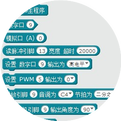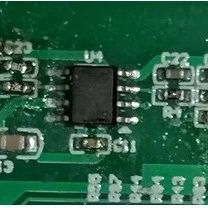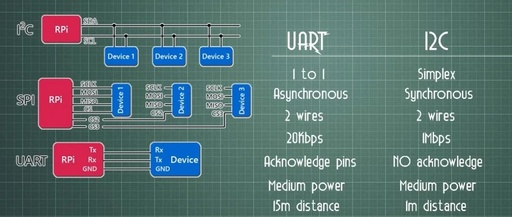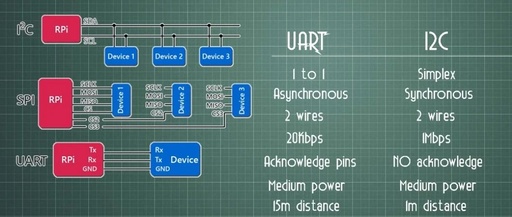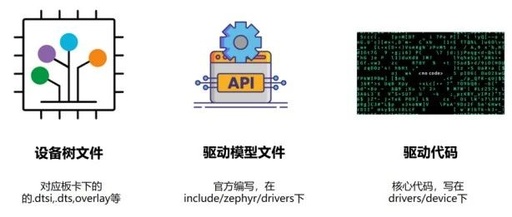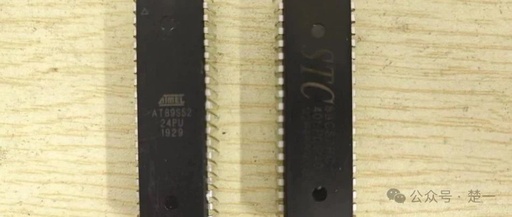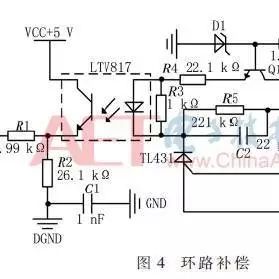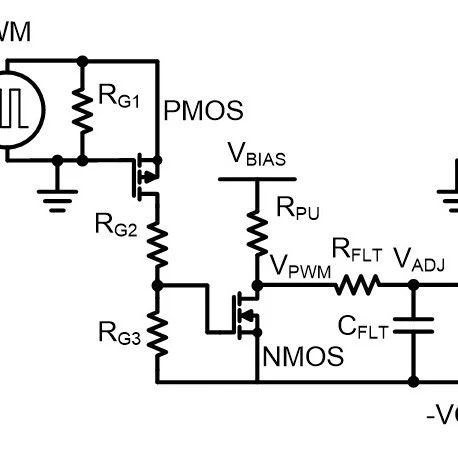Arduino LED Breathing Light Tutorial
Main Component Introduction Briefly; please refer to the introductory LED blinking LED Breathing Light Introduction Digital signals are represented by 0 and 1, which indicate non-continuous changes in voltage levels, while analog signals represent information through continuously varying physical quantities, with signals changing continuously over time. Most of the signals we encounter in our lives … Read more
